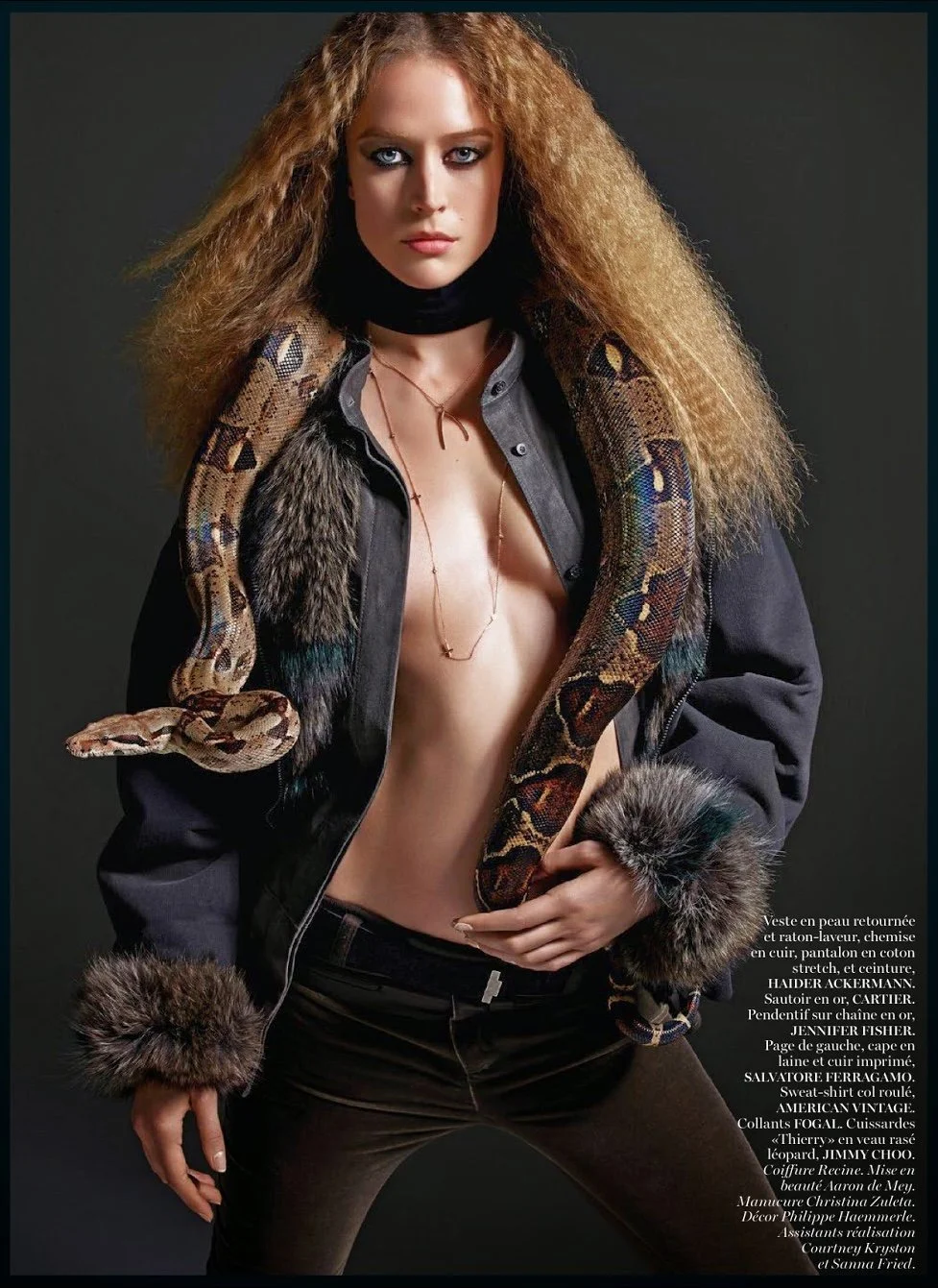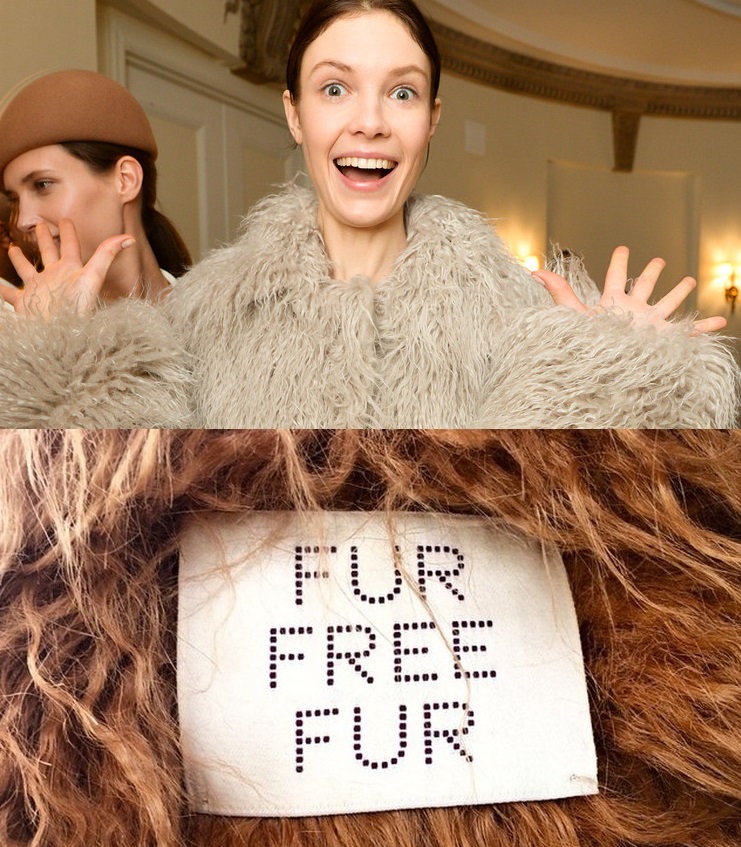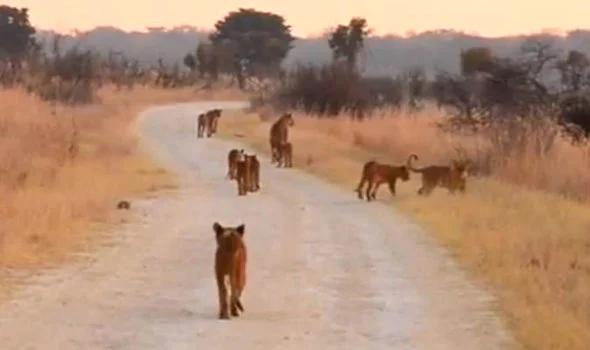Queen Elizabeth II Says "Faux Fur Only Going Forward"
/Queen Elizabeth II via W Magazine
Queen Liz is onboard: no more fur. Faux fur only on very cold days. Her Majesty has already had all the mink trim -- and any other animal fur -- removed from her most favorite coats, replaced with faux fur.
Stella McCartney has a marvelous new faux fur that is impossible to distinguish from the original — although the Queen’s longtime personal adviser and official dresser Angela Kelly says that Her Majesty’s preference is to move away from fur entirely.
The Humane Society International formally announced that it's "thrilled" before calling on the British government to make the U.K. the first country in the world to ban the sale of fur. The UK branch of PETA, hardly known for low-volume press messages on the subject of animal rights, tweeted "we're raising a glass of gin and Dubonnet to the Queen’s compassionate decision to go fur-free".
Image via Town and Country
After a quick sip, the organization then suggested that perhaps the Queen’s Guard, known worldwide for their enormous bearskin hats could follow Her Majesty’s lead. PETA has been lobbying for faux fur hats to replace the current ones for almost three years, even sending her prototypes from Only Me in 2017, writes Town and Country.
We all curtsy to a modern woman very concerned about protecting heritage and protocol, while keeping British royalty relevant with evolving values.














